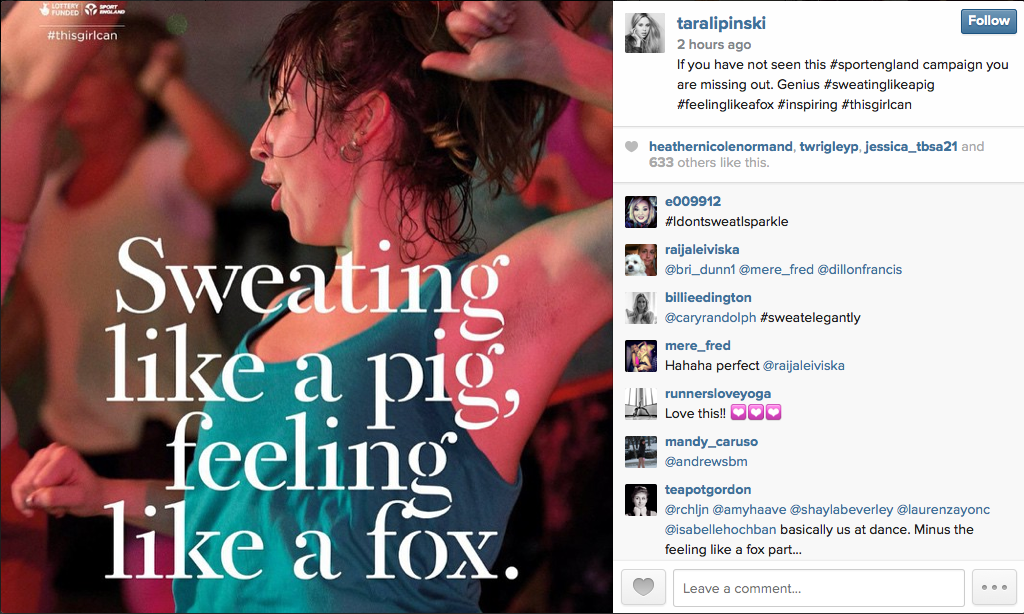What makes content go viral?

The reason behind most viral content being viral is either blind luck or very good promotion. However, often it’s also a set of requirements that make the content more likely to blow up. In this article, we’ll explore what these requirements are.
First, we’ll turn to people who know the viral phenomenon inside out. One of those people is Allocca, Head of Culture and Trends at YouTube.
He shared that although a very small percentage of videos become viral (reach more than a million views), those that do have three things in common:
- Tastemakers
- Communities of participation
- Unexpectedness
Tastemakers are influencers. They are people with a large following (online or offline) that are able to influence the opinion of their community.
Communities of participation constitute a crowd that will be responsible for the rapid propagation of content and even addition to it.
Finally, unexpectedness is about the content.
It’s more or less clear what to do with the first point: you need influencer marketing. Sign up for Awario, go to the Influencer dashboard, and start happily increasing your chances for virality by working with the ones that suit you best (yes that’s a moment of shameless promotion).

The second point requires precise and clever targeting. You need a cohort that will give an initial boost to your content.
And what about unexpectedness?
It means including an element of surprise in your content. When a user is positively surprised, they get a higher degree of emotional response to the content. In a number of studies, researchers used magnetic resonance imaging to show that the brain responds more positively to the unexpected stimuli than the expected stimuli. A different study researched which emotional responses were more likely to elicit social sharing, and came to the conclusion that surprise was the one.
Other factors...
Jonah Berger, the Wharton marketing professor and author of Contagious: Why Things Catch On, offers additional requirements for a viral video. These are:
Social currency: the content should make people look good. On social media more than anywhere else people tend to show a better version of themselves to the public eye.
Triggers: stimuli that make people want to share. Often we enjoy the content, but don’t feel like crowding our feed with it. So a call to action or any other stimuli might change our mind.
Positive emotion: content which brings positive emotions is shared much more than one that brings negative emotions, despite the common belief in the campaigns based around negative emotions (fear, guilt).
Public: jumping on a news bandwagon is a popular method, and it does work - if something is popular already, it will probably become more popular.
Practical value: no matter how many cat videos you’ve seen online, practical, useful stuff gets shared more often.
Stories: people respond to stories better than to any other forms of content. Tell a story - and people are more likely to read/watch/listen till the end, enjoy the process, share.
Even more factors?
Another study was set to compare viral videos to see which emotions elicit more sharing. As it turns out, it’s the range of the emotions that matters: an image that stirs a mix of positive and negative emotions with the positive ones prevailing is much more likely to do the trick. Shared content tends to be emotionally complex.
Now let’s get back to real life and review some examples of the campaigns, ads, and content that went viral.
Examples:
ALS Ice Bucket Challenge
The Ice Bucket Challenge campaign got more viral than possibly anything in the history of charity. In case you forgot how it went back in 2014, it involved a person being filmed as a bucket of water and ice is dumped over his or her head. The person then had to nominate a minimum of three people to do the same thing, having only a 24-hour time frame to complete the challenge and make a donation to the Amyotrophic Lateral Sclerosis Association.
The charity raised more than $115 million for the ALS Association. More than 17 million people participated worldwide.
What made it so popular?
First, an obvious (huge!) social currency. Everything about the campaign made a person look good: the noble cause and the process itself - people look so funny and cute while doing it!
Second, sharing is necessary because the campaign required a clear “pics or didn't happen” trigger. Besides, the campaigners upgraded that - they put a time limit! Moreover, the trigger was public: people were nominated publically to do a good thing. Who could refuse that?
Third, it involved positive emotions. Despite the cause being a disease, the campaign itself was fun, and the content turned out to be very positive: you could see people smiling and laughing in every video.
A combination of these three powerful factors made the magic happen.
This Girl Can

The This Girl Can campaign was developed by Sport England to promote sport amongst women. It was a response to Sport England's Active People Survey, which found that many women don't do sports due to their fear of judgment. The campaign earned numerous awards, the hashtag #thisgirlcan was trending for months, and 2.8 million women said that they became more active as a result of the campaign.
Why did people share it?
First, again, social currency. It made people look good: caring, confident, supporting an important social cause.
Second, public: while this is a specific topic of women in sports, a more broad one was already popular (and still is). We talk a lot about decreasing stigma and increasing people’s self-confidence. At the same time, a lot of conversation has been happening around obesity, a leading cause of health problems in the UK where the campaign was made. So this content hit what the public was already talking about.
Third, emotions. The campaign raised positive but complicated emotions. You felt joy, pride, hope. It was both funny and inspiring.
Old Spice
The famous Old Spice “Smell like a Man, Man” commercials that featured Isaiah Mustafa and later Terry Crews went absolutely viral, generated more than 60 million views, and possibly saved the company. Which factors worked for them?
First, positive emotions, surely.
Second, the element of surprise.
For as long as the internet lives, this mix is very likely to do the trick.













